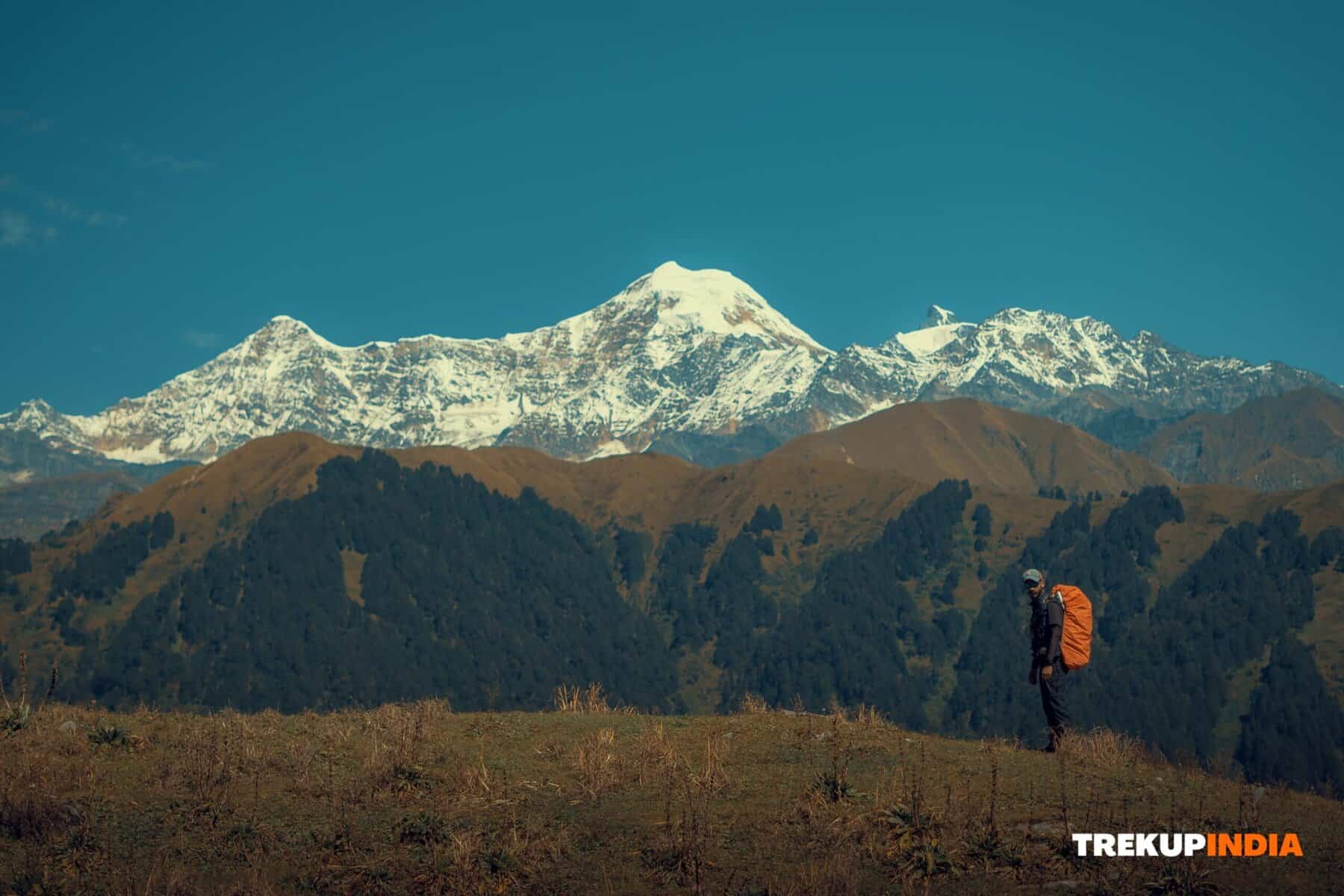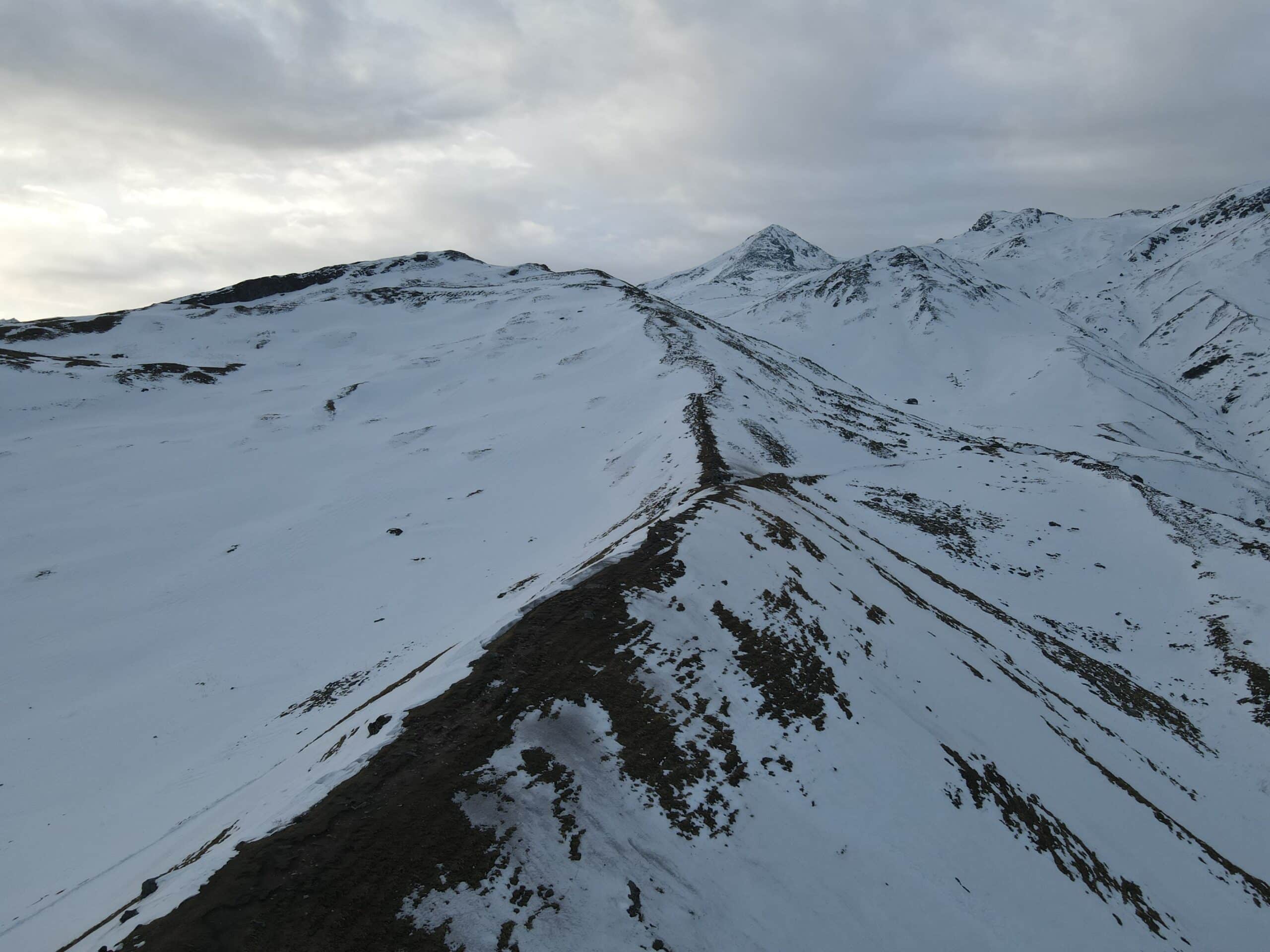What Is Backpack, How to Strap It And How to lift your Backpack
A backpack is a very important part of the trek, as you carry the essential things you need while hiking. If the things are not properly put in the bag or the straps are not properly tied, it may result in serious injuries. It is essential to know what kind of bag you would need while trekking: a rucksack. This bag has different compartments and straps to tie it close to your body. There are different compartments in the bag where you have to keep things, but you have to put things in a way to balance the bag’s weight. In the bottom compartment, you will put things that you will only use occasionally. Above it, you can put heavier items, lighter items over them, and frequently used items at the top.
1. How to Strap a Backpack?
It is very important to strap your backpack properly, and you can do so by evenly distributing the weight so that the main strain is put on the back and shoulders. You can walk properly if the back is strapped and the bag is close to your body. The perfect way is to fasten the shoulder and waist straps tight enough that the bag is close to your body. Once you have lifted the bag, you need to adjust the straps first and tighten the shoulder straps, and both shoulder straps should be at equal length. Then, you would need to tighten the waist strap. Depending on how you were trekking, you could tighten the shoulder strap and lose the waist strap, or you could loosen the shoulder strap and tighten the waist strap at the same time.
2. How to lift your Backpack?
Here’s the right way to load your backpack. Firstly, make sure that you keep your backpack upright on the ground. With the loop in place and a shoulder strap, pull it up and place it on your thighs. Slowly raise the backpack and keep it in place on your back. Bend your hips and place the backpack on your back. After that, slowly slide your hand toward the shoulder straps. Tie the waist belt, then stand up. Look for loose shoulder straps or straps that are pointing backward. Ensure the straps at the bottom aren’t dangling or too tight. Then, you’re ready to start.
Share this article
Want To Trek Like Pro?
Check out the following videos if you want to trek like a pro trekker and improve your skills. These videos contain helpful tips, tricks, and techniques to help you trek like a pro. Whether you’re a beginner or an experienced trekker, these videos can provide valuable insights to enhance your trekking experience. So, watch the videos below by Trekup India experts to take your trekking skills to the next level.







Know Everything About Acute Mountain Sickness
Acute Mountain Sickness is a medical condition that can occur when individuals travel to high altitudes, typically above 8,000 feet. It is caused by the decrease in air pressure and oxygen levels in the air as altitude increases. Symptoms of Acute Mountain Sickness may include headache, nausea, vomiting, dizziness, and difficulty sleeping. To avoid Acute Mountain Sickness, it is important to gradually adjust to high altitudes and seek medical attention if symptoms worsen. To learn more about this condition, check out the videos by Trekup India.



Important
Guidelines
Special Casual Leave (SCL) for Government Employees
Government employees joining our trekking expeditions can avail of Special Casual Leave (SCL) under the following conditions:
- Eligibility Criteria:
- SCL is available exclusively to Indian government employees.
- Applicable only for treks conducted within India.
- Leave Details:
- As per Pay Commission rules, government employees are entitled to up to 30 days of SCL in a calendar year for trekking or mountaineering expeditions.
- Treks must be organized by a registered organization, such as Trekup India, recognized by the Indian Mountaineering Foundation (IMF).
- Application Process:
- You need to apply for leave at least 20 days before the trek departure date.
- How to Apply: The following details are required to apply for IMF certification through the IMF.
- Email info@trekupindia.com with the following details:
- Your booked trek date.
- The trek name.
- Aadhar Card
- Designation
- Office Address
- Additional Fee of Rs. 250/ per person will be applicable.
- Note: It might take 20-25 days to receive a certificate from the IMF, subject to their approval.
- Email info@trekupindia.com with the following details:
- Documentation Support:
- Trekup India will provide the necessary documents to facilitate your SCL application.
Age-Based Requirements for Junior Trekkers
- A parent or guardian must accompany trekkers below 15 years of age.
- Trekkers Aged 15 to 18 or above Years: Can trek solo but require a Disclaimer Form signed by a parent or guardian. And Medical Form that Provides health details and confirms fitness for trekking by MBBS Doctor
- Trekkers Aged above 18 Years: Require a Disclaimer Form self-signed. And Medical Form that Provides health details and confirms fitness for trekking, Signed with an MBBS Doctor stamp.
Medical Fitness Required for Trek
If you’re planning a trek, you must ensure that your health parameters meet the fitness requirements for physical exertion at high altitudes or rugged terrains. Below are guidelines for each of the parameters mentioned:
1. Pulse Rate (Heart Rate at Rest):
- Normal: 60 to 100 (bpm) beats per minute.
- Required Fitness: Physically fit person may have a resting heart rate closer to 50 bpm, which shows that he have good cardiovascular efficiency.
2. Blood Pressure (BP):
- Required BP: 120/80 mmHg. A Bolood Pressure within this Range ensures adequate oxygen delivery to muscles and organs during physical exertion, especially at high altitudes.
- Your specified blood pressure (BP) Range—Systolic: 100–140 mmHg and Diastolic: 70–90 mmHg—is appropriate and generally considered safe for trekking activities.
- Acceptable Range: <140/90 mmHg for trekking. Elevated BP could increase risks during strenuous activity or at high altitudes.
Recommendations:
- Pre-Trek Checkup: Monitor your BP multiple times & ensure that it should be normal.
- Stay Hydrated: Dehydration affect BP, so maintain proper fluid intake during your trek.
- Avoid Alcohol & Excess Salt: These can destabilize BP, especially at altitude.
- BP Monitor: If you have a history of BP issues, regularly check your BP during the trek. Our Trek Leaders are equipped with a BP machine.
3. Respiratory Rate at Rest:
- Required Rate: 12–20 breaths per minute.
4. Diabetes Mellitus:
- Acceptable: Well-controlled blood sugar levels (HbA1c <7% or fasting blood glucose <126 mg/dL).
- Fitness Requirement: Carry quick glucose sources and monitor regularly during the trek.
5. Bronchial Asthma:
- Acceptable: Only when your doctors allow it & you have to submit an MBBS doctor NOC that you can undergo this trek.
- Fitness Requirement: Bring prescribed inhalers/medications and consult your doctor about high-altitude risks.
6. Heart Problems:
- Acceptable: Individuals without recent cardiac events (e.g., heart attack within the past 2 years).
- Fitness Requirement: Clearance from an MBBS Doctor (cardiologist) is required.
7. Hypertension:
- Acceptable: Controlled hypertension (BP <140/90 mmHg) with no recent complications like hypertensive crisis.
8. Pacemaker Implant:
- Generally not recommended for high-altitude treks.
9. Body Mass Index (BMI):
- Required BMI: 18 – 26 kg/m² for a good trekking fitness.
- Overweight or underweight individuals may face additional strain on joints or fatigue.
Additional Recommendations:
- High Altitude Acclimatization: For treks above 10,000 feet, ensure have some acclimatization Trekup India have designed Itinary of this trek accordingly to it but its not granted that this itinary works fine with acclimatization. For more information, click here.
- Fitness Level: Regular aerobic and strength training exercises before the trek are essential. For more information, click here.
- Medical Clearance: Consult a healthcare professional (MBBS Doctor) to assess your suitability before coming on this trek.
Would you like assistance preparing for your trek or calculating specific health metrics? Call Your Trek Co-Ordinator











